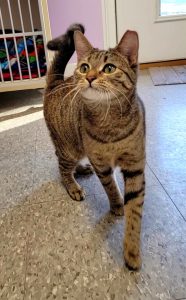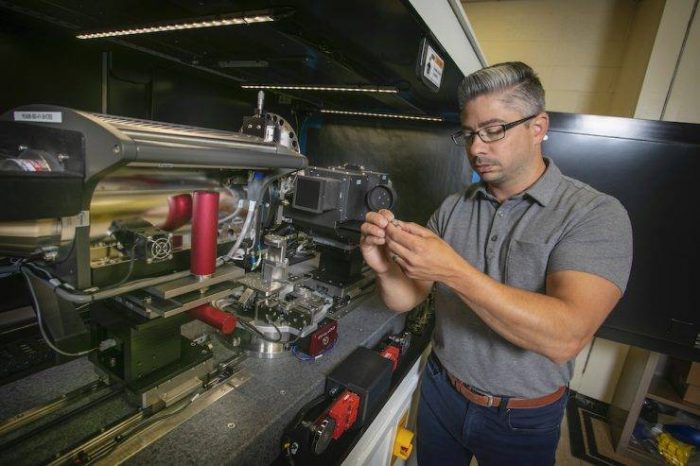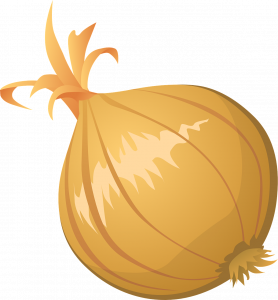By Daniel Dunaief

At the same time that TV advertisements often frustrate me because I’d like to find out what happens next in the show I’m watching, I appreciate the messages people are trying to send.
Sometimes, the ad is such a loss for me that I figure I couldn’t possibly be the target audience.
There’s that ad for a chocolate bar that makes a woman float in a store. Right, because eating that specific type of chocolate creates such a trippy, LSD-type experience that she not only feels incredible and floats above everyone else in the store, but the other customers see her floating.
“Look, up in the sky. It’s a bird. It’s a plane. Nope, it’s just another person who ate the trippy chocolate bar that lets them float to the ceiling!”
Then there are all the ads for medical products that could cure something, but that have such severe side effects that the risks may not be worth the cure.
“We might cure your hiccups,” the ad suggests, “or we might cause you to have such trouble breathing that you should stop taking our medicine and see a doctor.”
That brings me to the ad for Truist.
Have you seen their ads, with the pile of soft stuff that looks like an old collection of the stuffed animals my children used to win at boardwalk games or receive for birthday presents?
This pile of soft things rolls along, helping people by recovering hats that blow off at the beach, bringing a spare tire to a man stuck on the side of the road, or delivering a flower to a girl waiting on a bench with her mother.
Being the OCD parent that I am, I would probably say to my daughter, “Don’t take anything from a blob that’s been rolling on the filthy street!”
I imagine the idea for the rolling blob that cares could have originated in a number
of ways.
“George” might have forgotten that he needed to come up with an ad while he was racing to wake his daughter for school. Seeing the pile of stuffed animals he was supposed to help clean up in her room, he thought, “Hmmm, if I throw this in my car, it’ll look like I cleaned up and maybe I can use it as a part of my work.”
Once he arrived at the office, he threw the stuffed animals on the table, hoping he wouldn’t get fired and, just as importantly, that he didn’t lose any of her treasured toys.
Or, perhaps, “Andrea” couldn’t sleep the night before she had to present an idea. At 3:21 a.m. she watched an old western. There, in between the John Wayne dialog and the crescendo to a gunfight, she found inspiration. Rolling across the screen was the ubiquitous tumbleweed.
“That’s it!” she thought, as she imagined Tumbleweed 2.0, the modern version of an iconic image of the Old West. Instead of a collection of dried out grass, the modern Truist Tumbleweed (at that hour, alliteration is awesome!) is composed of soft, plush stuffed animals. And, instead of being indifferent to the plight of the people it passes, the Truist Tumbleweed cares, lending a stuffed animal hand.
“George” and “Andrea” may have moved on to other jobs. Or, thinking outside the box, they may have gotten a promotion. They could use some of that extra money to buy risky remedies or trippy chocolate. And, hey, if they have any problems, the Truist Tumbleweed is ready to show it cares.













 In a medium bowl combine onion mixture with bread crumbs and cheese, then stuff centers of onions, leaving a little on top.
In a medium bowl combine onion mixture with bread crumbs and cheese, then stuff centers of onions, leaving a little on top.





